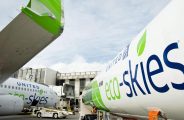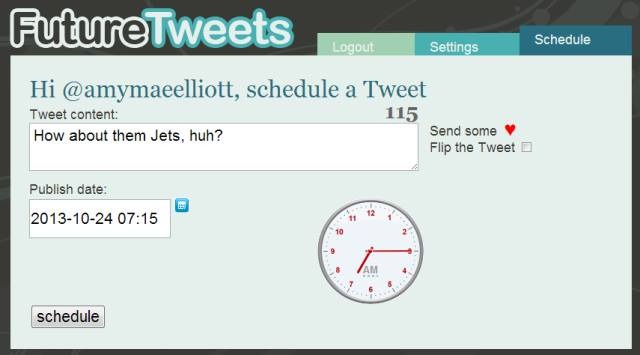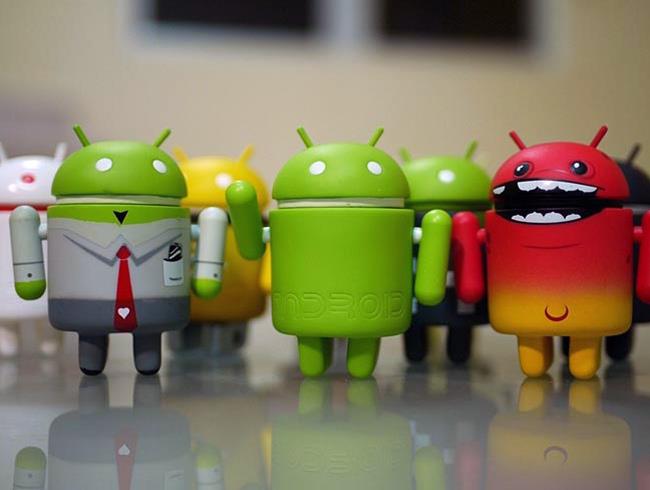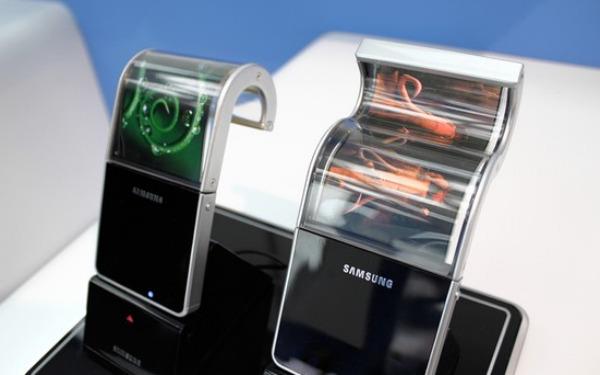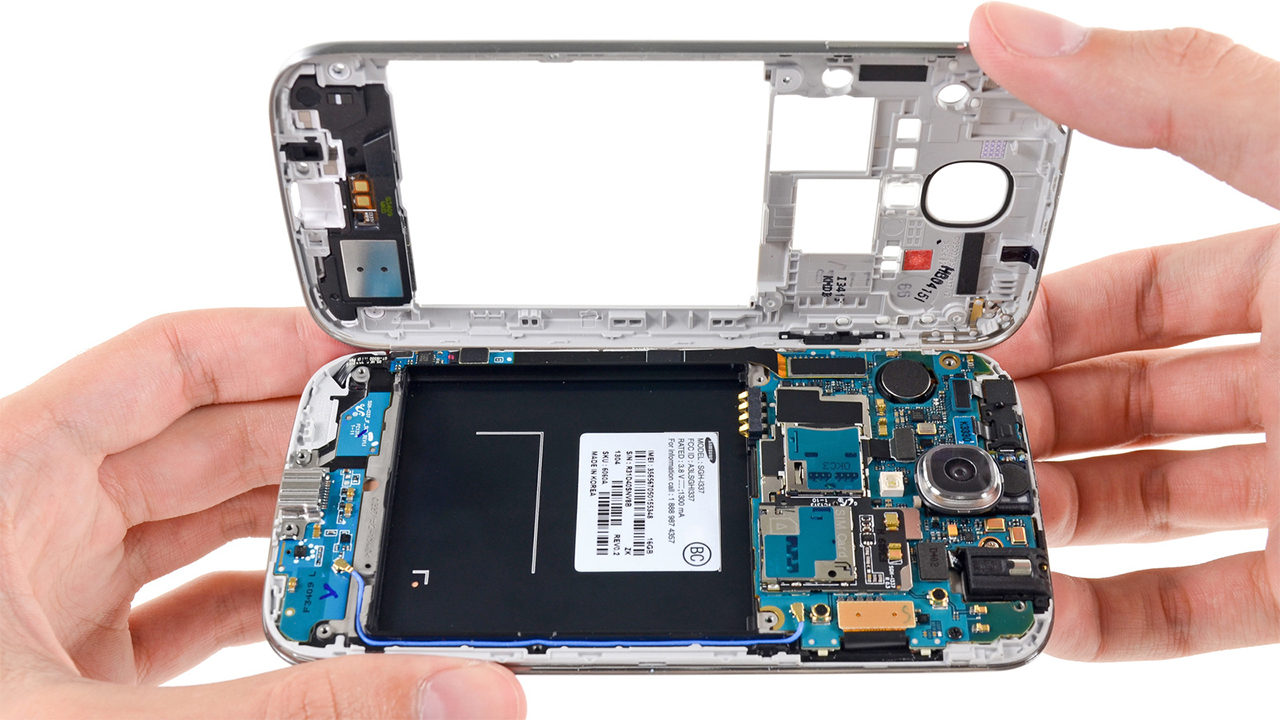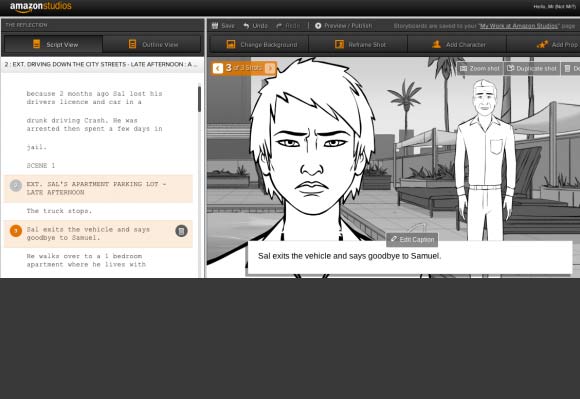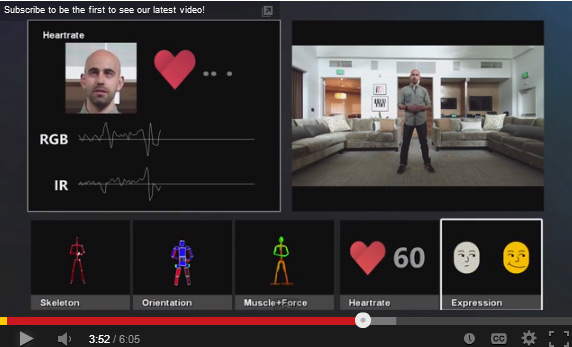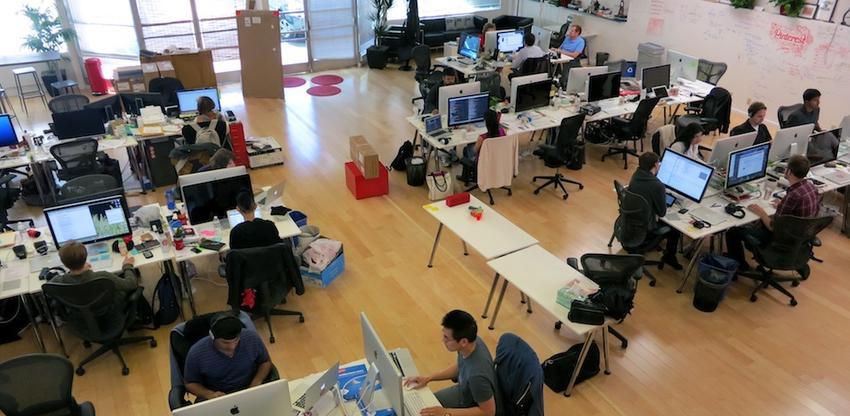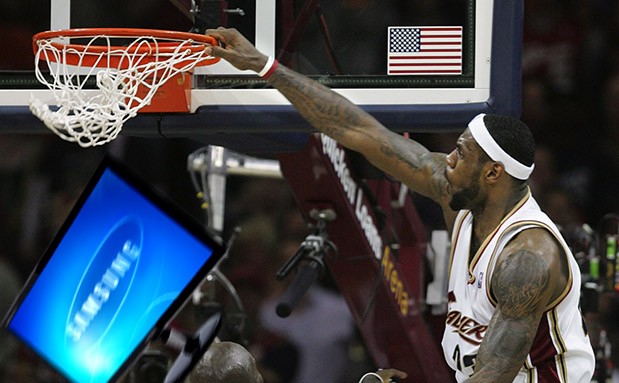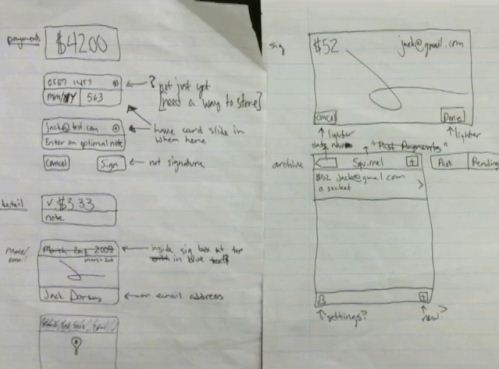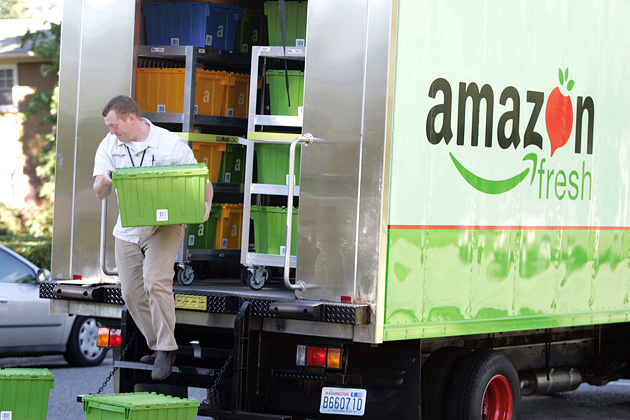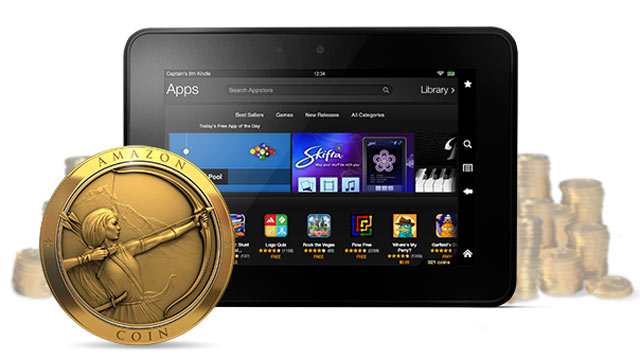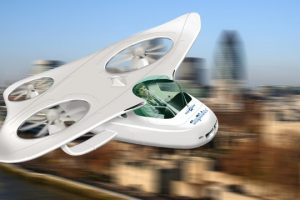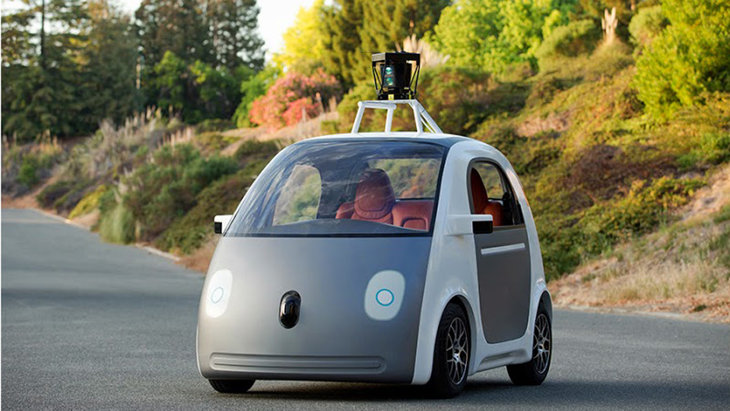Amazon Gearing Up For Home Grocery Delivery Service This Year
The concept has been attempted before from other startups like Webvan and homegrocer.com, but would you order groceries from Amazon? If you live in Los Angeles or the San Francisco Bay Area, that’s a question local residents could be asking themselves later this year.
According to a Reuters report, the company’s AmazonFresh service could expand to L.A. and the Bay Area by the end of 2013, then going national by mid 2014. Part of the expansion would reportedly involve new distribution centers with refrigerated food areas and also space nearby for up to 1 million additional products.
Speculation about the service, which Amazon (AMZN) has been testing in Seattle for at least five years, has been circulating for a while now. Whether or not Amazon expands it this year, the move may prove an unpredictable but logical next step for the company, which in recent years has expanded to bankrolling TV shows and selling high-end fashion, markets not typically associated with the e-commerce giant.
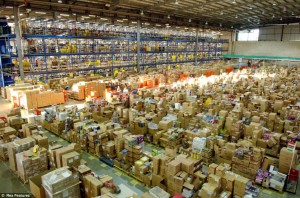
It’s no secret Amazon has been investing heavily in building new distribution centers, which numbered 89 or so worldwide as of January. It’s an ambitious, long-term strategy that has cut into profits over several quarters and continues to do so, even as year-over-year revenues last quarter jumped 22% to $16.07 billion. So it wouldn’t be a shocker if several of those newer warehouses had the ability to store food.
The challenges for Amazon in expanding its grocery delivery service are plenty. Buying inventory and managing the temperature of fresh produce is expensive. So too, is shipping, an issue Amazon might reportedly temper by delivering food orders alongside higher-margin items like electronics.
Forrester (FORR) analyst Sucharita Mulpuru-Kodali, is skeptical that such an expansion would prove profitable.
Mulpuru-Kodali points to FreshDirect, the online grocer that delivers to Manhattan, Philadelphia, and New Jersey, as an example of how challenging the market can be. Introduced in 2002, the company only began turning a profit 10 years later. More promising may be Charlottesville, Va.-based Relay Foods. Founded in 2007, and with over $11 million in funding to date, the startup takes a different tack by offering products from local stores, restaurants, and farms on its site. Because Relay Foods relies on this preexisting local infrastructure and doesn’t require say, the construction of new warehouses, Mulpuru-Kodali argues it has the potential to be more profitable than a service like AmazonFresh.
Of course, neither Fresh Direct nor Relay Foods have Amazon’s collective resources and the ability to (somewhat) offset losses in one business segment with the earnings of another. And regardless, if there’s anything we can say definitively about Jeff Bezos, who Fortune deemed “the ultimate disruptor” last December, it’s this much: He’s willing to take risks and lose money if the move is part of his overarching, long-term strategy.











